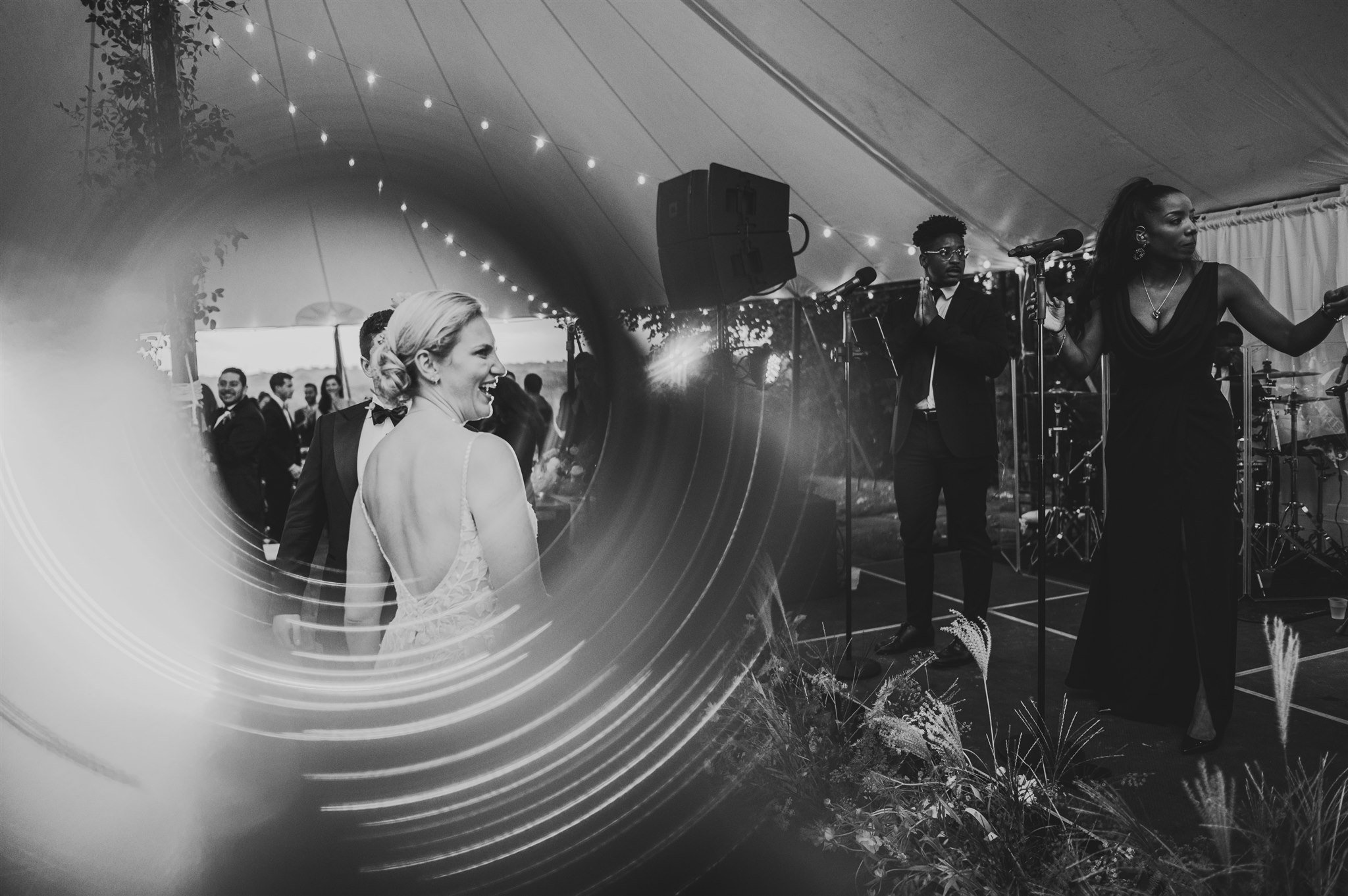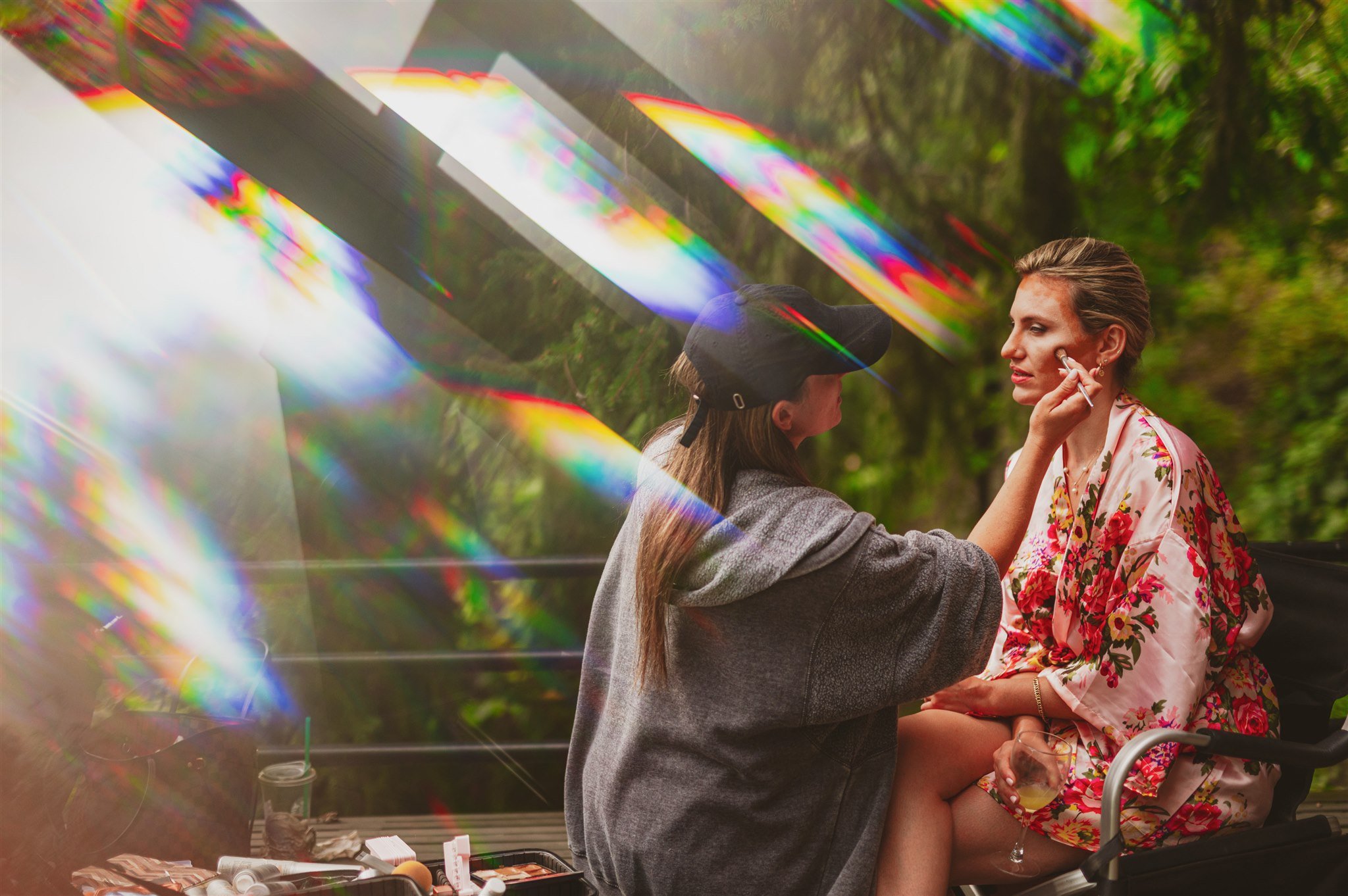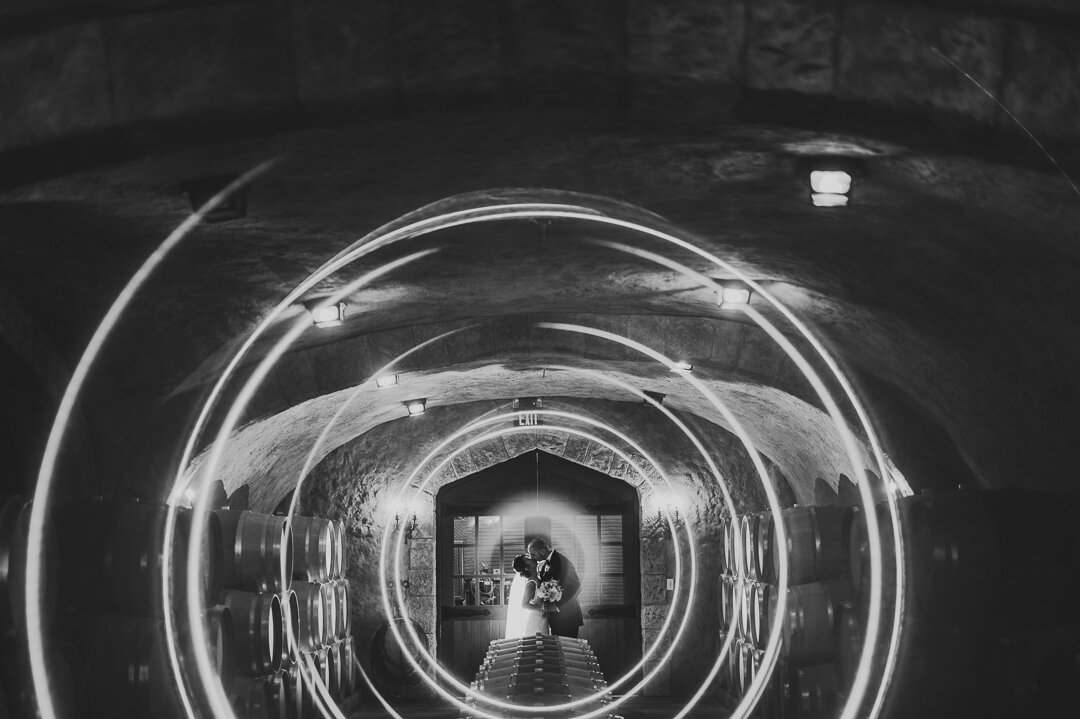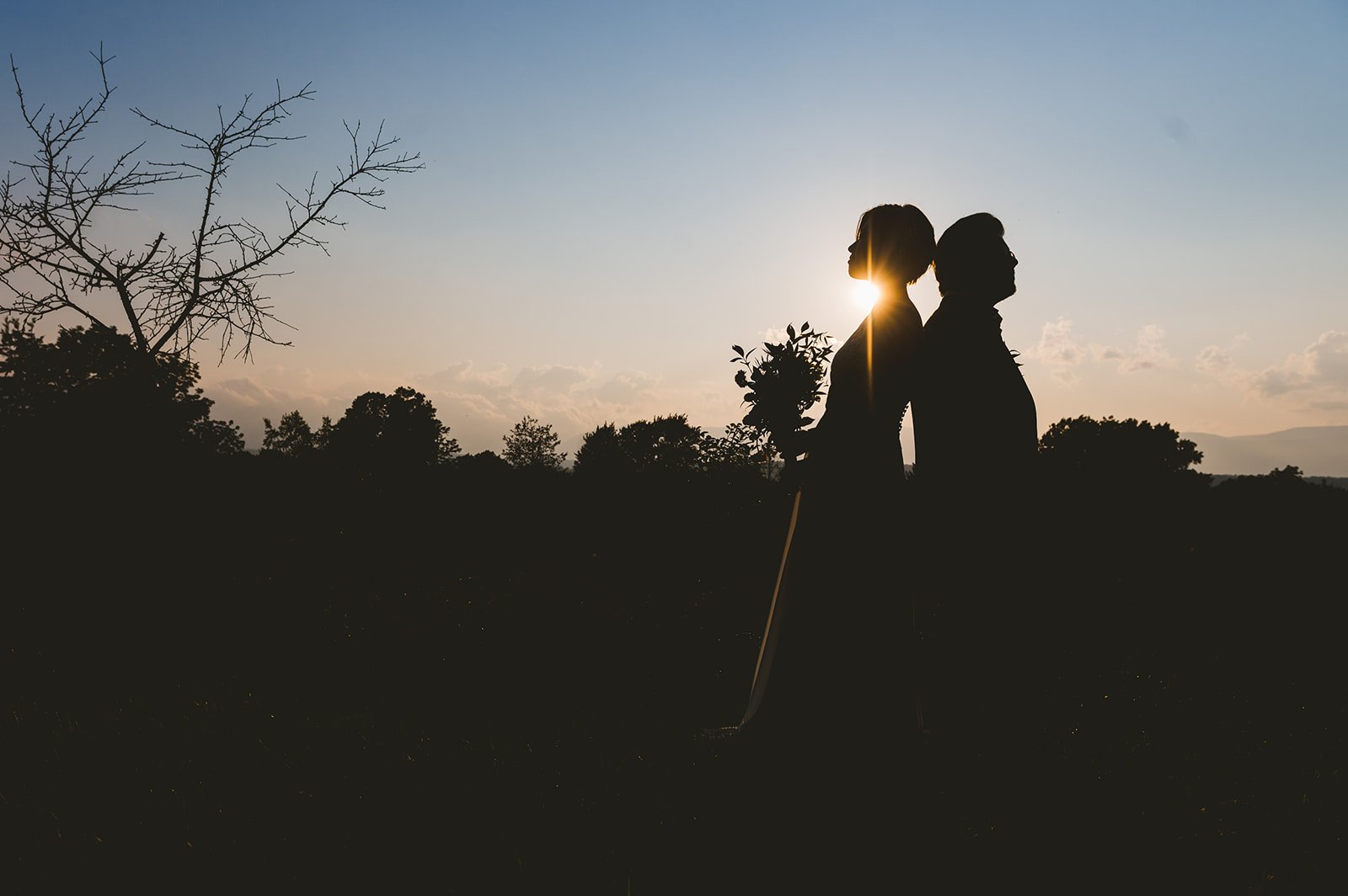From Bland to Bold: Pushing the Boundaries in Wedding Photography
As a wedding photographer, it’s really fun to constantly try new techniques with my work. However, what I don’t like doing is spending hours and hours in front of my computer playing with digital editing software. So instead, I’ve picked up a few creative techniques, a bag of tricks if you will, that help me inject a little creative fun into my images. It helps me stay inspired and motivated, and make pictures that make my clients go “wait woah. How did you do that?”
Crucially, I never deliver an album with images ONLY made with these tricks. Only about 5% of my final product is images that look similar to these. At the end of the day, my photography is about delivering a consistent product to my clients, and these tricks often add too much variability that I cannot control all the time. Also, not every client is going to like these types of photos, and want something that is a little more “standard” for their images. Ultimately it’s a balance I have to strike with my clients, and figure out what is appropriate for their big day.
Freelensing
I’ve covered freelensing previously on my blog, but long story short, you use a lens without attaching it to the camera body. This allows you to control the focal plane and do things normally impossible. The above are two photos that I took using this technique, so you can see what I mean. You can try to do something similar by using a tilt-shift lens, but in my opinion, it’s just not the same.
Prisming & Putting Things in Front of the Lens
I definitely didn’t invent prisming. Or using a copper pipe instead of a glass prism. Some photographers use prisms to create rainbows or other colorful effects in their images, and I think Lensbaby even sells kits to help you do this. I just have a soft cloth bag in my camera bag that has a bunch of little reflective toys, prisms, and pipes inside, and sometimes when I’m at a wedding and I want to add a little extra spice I’ll grab something and experiment. To achieve the best results, it's important to experiment with different angles and distances, and to use a high-quality prism to ensure that the light is refracted properly.
Silhouettes
I won’t go into too many details on how to make silhouettes, but I particularly like using them in situations where there are interesting shapes to be made. Because silhouettes are so high contrast, usually I have to position my subjects from the side view and crank the exposure way down. The dark outlines help create drama, and because the exposure is so low it brings in highlights from things like lamps and overhead lighting, which might normally be blown out in a “normally” exposed photo.
You can do them inside, like the image above, or outside, like the image below. When I’m indoors I’m looking for shapes, interplay of lighting situations, and sometimes I’ll combine silhouettes with something else like prisms. When I’m outdoors I’m looking for dramatic shadows and outlines made by the landscapes. To get the sun flares right, just stop down on your camera lens (which you might have to do anyways because of the amount of light present).
Conclusion
Ultimately, using creative techniques can be a valuable way to deliver unique and memorable images to your clients. By experimenting with different approaches and pushing yourself to try new things, you can stay inspired and motivated, and create truly stunning images that will be treasured by your clients for years to come. Whether you're freelensing, prisming, or silhouetting, there are countless ways to add a creative touch to your wedding photography, and the results can be truly breathtaking.







